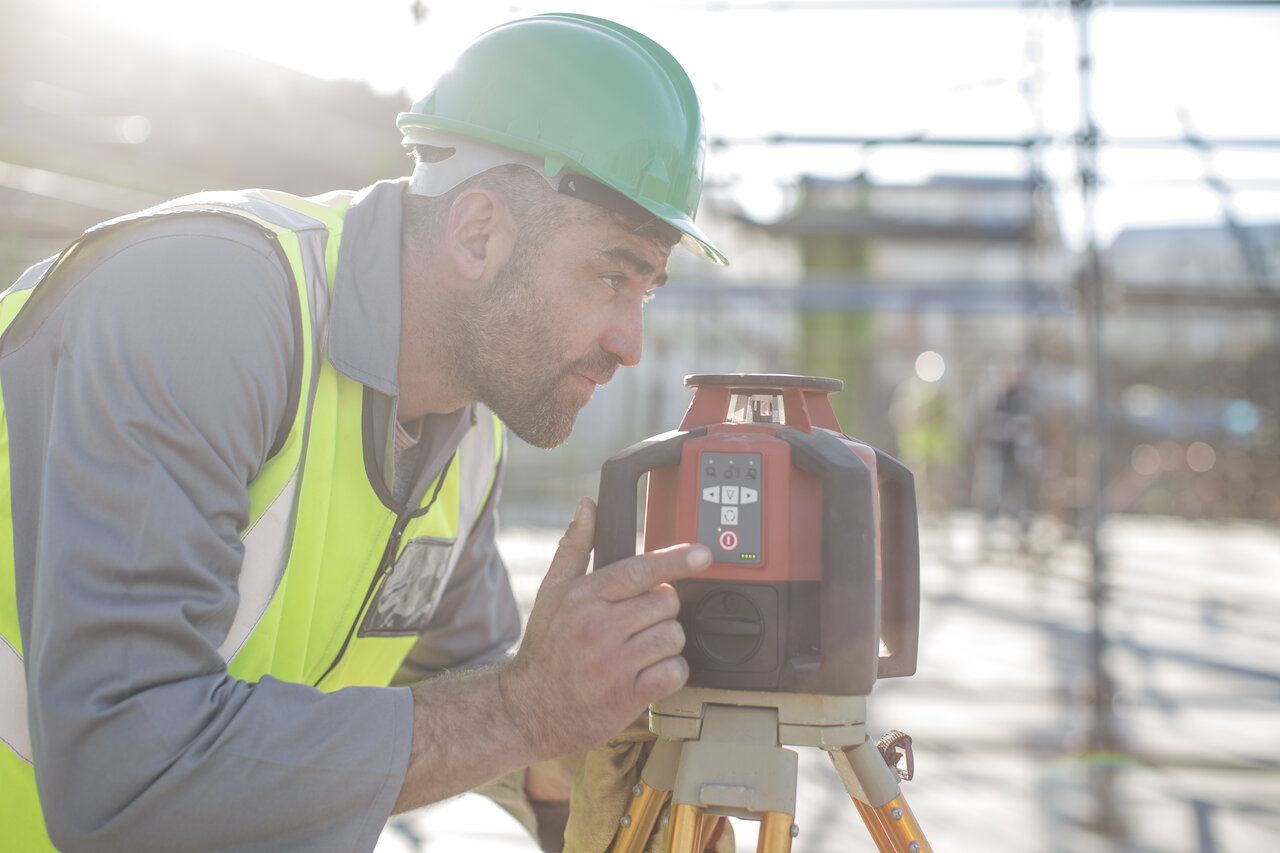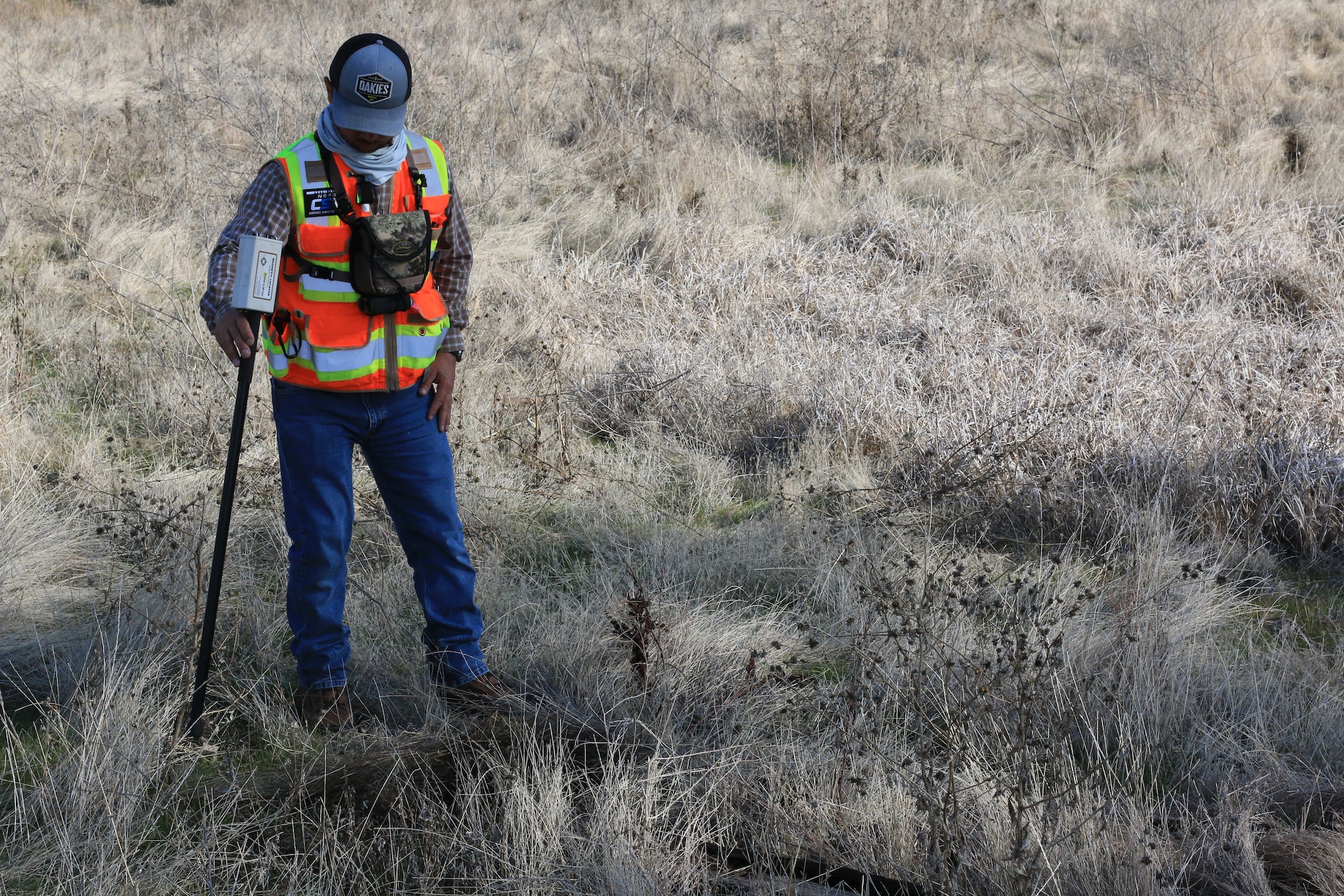Commercial real estate transactions are complex processes that require thorough research, comprehensive due diligence, and accurate documentation to protect all parties involved. One vital component of any commercial real estate transaction is the ALTA/NSPS Land Title Survey. These detailed land surveys provide essential information about a property to inform the decision-making process, ensure compliance, and minimize risk during transactions. As a commercial property buyer, seller, or developer, having a clear understanding of ALTA/NSPS Land Title Surveys and partnering with an experienced land surveying company like Will’s Service Group can help you navigate the complexities of commercial real estate with confidence.
In this article, we will discuss the purpose and components of ALTA/NSPS Land Title Surveys, their benefits, and potential challenges, and how working with a seasoned land surveying company like Will’s Service Group can help you alleviate those challenges while offering high-quality and cost-effective surveying services. With over ten years of experience in land surveying and a commitment to affordability and client satisfaction, Will’s Service Group has the expertise and dedication necessary to support your commercial real estate ventures.
What are ALTA/NSPS Land Title Surveys, and Why are They Important?
ALTA/NSPS (American Land Title Association / National Society of Professional Surveyors) Land Title Surveys are specialized property surveys designed for commercial real estate transactions. They adhere to specific guidelines and requirements agreed upon by the ALTA, NSPS, and other stakeholders, ensuring consistency, accuracy, and comprehensive information. The primary goals of ALTA/NSPS Land Title Surveys are to provide detailed information regarding property boundaries, rights of way, easements, encroachments, and any potential issues that may arise during the transaction process. In essence, these surveys are invaluable to commercial real estate transactions, as they:
1. Protect the interests of all parties involved — buyers, sellers, lenders, title insurers, and other stakeholders.
2. Provide a detailed and accurate representation of the property, reducing the potential for disputes or complications.
3. Offer valuable insights for decision-making, such as verifying legal descriptions, analyzing zoning restrictions, or identifying any existing encumbrances on the property.
Key Components of ALTA/NSPS Land Title Surveys
ALTA/NSPS Land Title Surveys include several essential components that provide a comprehensive picture of the property:
1. Boundaries and property lines: The survey depicts the property boundaries, including dimensions and angles, ensuring accurate representation and minimizing the risk of encroachments or disputes with neighboring properties.
2. Physical features and improvements: The survey highlights existing buildings, structures, and site improvements (e.g., fences, driveways, utility lines), as well as any rights of way or easements affecting the property.
3. Legal descriptiveness and Zoning: The survey verifies the property’s legal description and displays any zoning classification applicable to the property.
4. Title exceptions: The surveyor reviews the title commitment for the property and addresses any relevant title exceptions, such as easements, rights of way, or encumbrances.
Benefits and Challenges of ALTA/NSPS Land Title Surveys in Commercial Transactions
Having a comprehensive and accurate ALTA/NSPS Land Title Survey offers numerous benefits to all stakeholders in commercial real estate transactions. However, the process also poses potential challenges that should be considered and managed accordingly.
Benefits:
1. Informed decision-making: By providing detailed and accurate information, ALTA/NSPS Land Title Surveys allow all parties to make informed decisions throughout the transaction process.
2. Risk mitigation: Comprehensive property data ensures that potential problems or discrepancies are identified and addressed, minimizing the risk of disputes or complications.
3. Regulatory compliance: ALTA/NSPS Land Title Surveys ensure compliance with zoning regulations, easements, and other legal requirements related to commercial property.
4. Title insurance support: The data provided by ALTA/NSPS Land Title Surveys help in obtaining title insurance for the property, protecting future owners and lenders against potential title defects or claims.
Challenges:
1. Time and cost: The process of conducting an ALTA/NSPS Land Title Survey can be time-consuming and costly, especially if the property is complex or if multiple surveys are required.
2. Accuracy and reliability: Ensuring the accuracy and reliability of the survey results is crucial, as inaccurate or incomplete data may lead to disputes or complications in the transaction process.
3. Coordination between parties: Successful completion of an ALTA/NSPS Land Title Survey requires close collaboration and communication among all parties involved — buyers, sellers, lenders, title insurers, and surveyors.
Choosing Will’s Service Group for Your ALTA/NSPS Land Title Survey Needs
When it comes to managing the complexities of ALTA/NSPS Land Title Surveys in commercial real estate transactions, partnering with an experienced, reliable, and cost-effective surveying firm like Will’s Service Group can make all the difference. Here’s what sets us apart:
1. Expertise and experience: With over ten years in land surveying and a proven track record in the USA, our team has the knowledge and skillset to accurately and efficiently deliver ALTA/NSPS Land Title Surveys for your commercial property.
2. Affordable and transparent pricing: We’re committed to offering high-quality services at competitive prices, without any hidden fees or additional charges, aligning with our core values of affordability and client satisfaction.
3. Effective collaboration and communication: Our team approaches every project with a focus on clear communication and seamless collaboration among all parties, ensuring a smooth and successful surveying process.
Secure Your Commercial Real Estate Investment with Will’s Service Group
A thorough and accurate ALTA/NSPS Land Title Survey is a critical component of any successful commercial real estate transaction. By partnering with an experienced and dedicated land surveying company like Will’s Service Group, you can trust in our expertise, commitment to affordability, and client-focused service to deliver the precision and insight necessary for a seamless transaction.
Ready to obtain the ALTA/NSPS Land Title Survey that your commercial real estate transaction requires? Contact Will’s Service Group today to discuss your needs and learn how our expertise can help ensure a successful and transparent property transaction experience.










